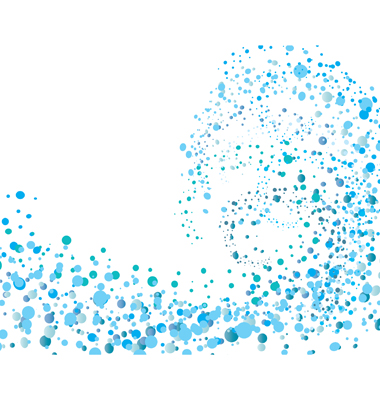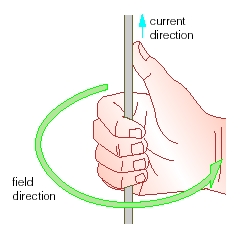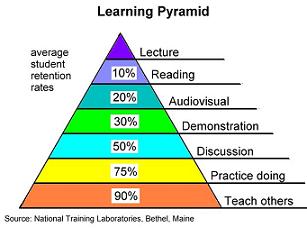 Brainstorming is the most commonly used technique for attempting to generate new ideas. Unfortunately, it often fails to produce interesting results. It rests on dated science about how our brains really work. It is played out. That is one of the conclusions argued in the must-read article, How Aha! Really Happens, on the Strategy + Business website.
Brainstorming is the most commonly used technique for attempting to generate new ideas. Unfortunately, it often fails to produce interesting results. It rests on dated science about how our brains really work. It is played out. That is one of the conclusions argued in the must-read article, How Aha! Really Happens, on the Strategy + Business website.
The authors suggest we replace dated thinking about left brain versus right brain and instead formulate our approach to creativity on the theory of intelligent memory. Intelligent memory is one model of dynamic memory proposed by cognitive neuroscientists over the last 20 years. In the new view, memory is dynamic and constructed rather than static and retrieved. Intelligent memory includes content or what the memory is about, links and connections between content and mental processes that mix and match the links and content. It is our native ability to dynamically construct memories that is the seat of creativity.
To be creative we need to intelligently remember by finding relevant patterns and mixing, matching, deleting, adding or otherwise combining the various components in novel ways. We can incubate, generate and test various permutations until something sticks.
Although not mentioned in the article, The Theory of Inventive Problem Solving (TRIZ) and various simplifications such as Systematic Innovation Thinking (SIT) work on this principle. TRIZ was developed by studying the variations and patterns of features and functions in some 200,000 patents that described various innovations. TRIZ is complex and difficult to use but produces amazing results.
Patents are one public way we document innovations. The lessons of history, legal precedent, business case studies, best practices databases and many other repositories exist. Opportunities for patternstorming – or generating new ideas by systematically modifying patterns of what has proven useful in the past- are strong.
One example, covered in the article comes from GE:
“Here’s how it works. At the top of the matrix, write down your current understanding of the situation (always as a provisional draft, because your understanding might change). Then comes analysis: List in rows what actions you think you might need to take to succeed in the situation (these too are in draft form, because they also might change). Then ask the most important question you can ever ask to solve any problem of any kind: Has anyone else in the world ever made progress on any piece of this puzzle? List sources to search for an answer to this question, across the top, as columns (in draft again). The team then starts a treasure hunt. They search the sources for elements that might apply to the list of actions, trying to find a good combination.”
I am not sure how widely used this method is but I have seen several variations of it in practice. It does work.
Very interested to hear from readers that use of patternstorming techniques.

 All cognitive designers and change managers should check out the work by Dr Neff, an associate professor of human development and culture at the University of Texas at Austin on Self Compassion. The site includes assessment instruments, exercises, research articles, videos and more.
All cognitive designers and change managers should check out the work by Dr Neff, an associate professor of human development and culture at the University of Texas at Austin on Self Compassion. The site includes assessment instruments, exercises, research articles, videos and more.







 This should be no surprise to many educators that already promote active learning. What is interesting though is the specific definition of what constitutes the cognition behind “being active”. In this case control over the stimulus environment engages the hippocampus. This likely makes (and I am speculating) memorizing something secondary or incidental to a more natural whole-brain activity.
This should be no surprise to many educators that already promote active learning. What is interesting though is the specific definition of what constitutes the cognition behind “being active”. In this case control over the stimulus environment engages the hippocampus. This likely makes (and I am speculating) memorizing something secondary or incidental to a more natural whole-brain activity.